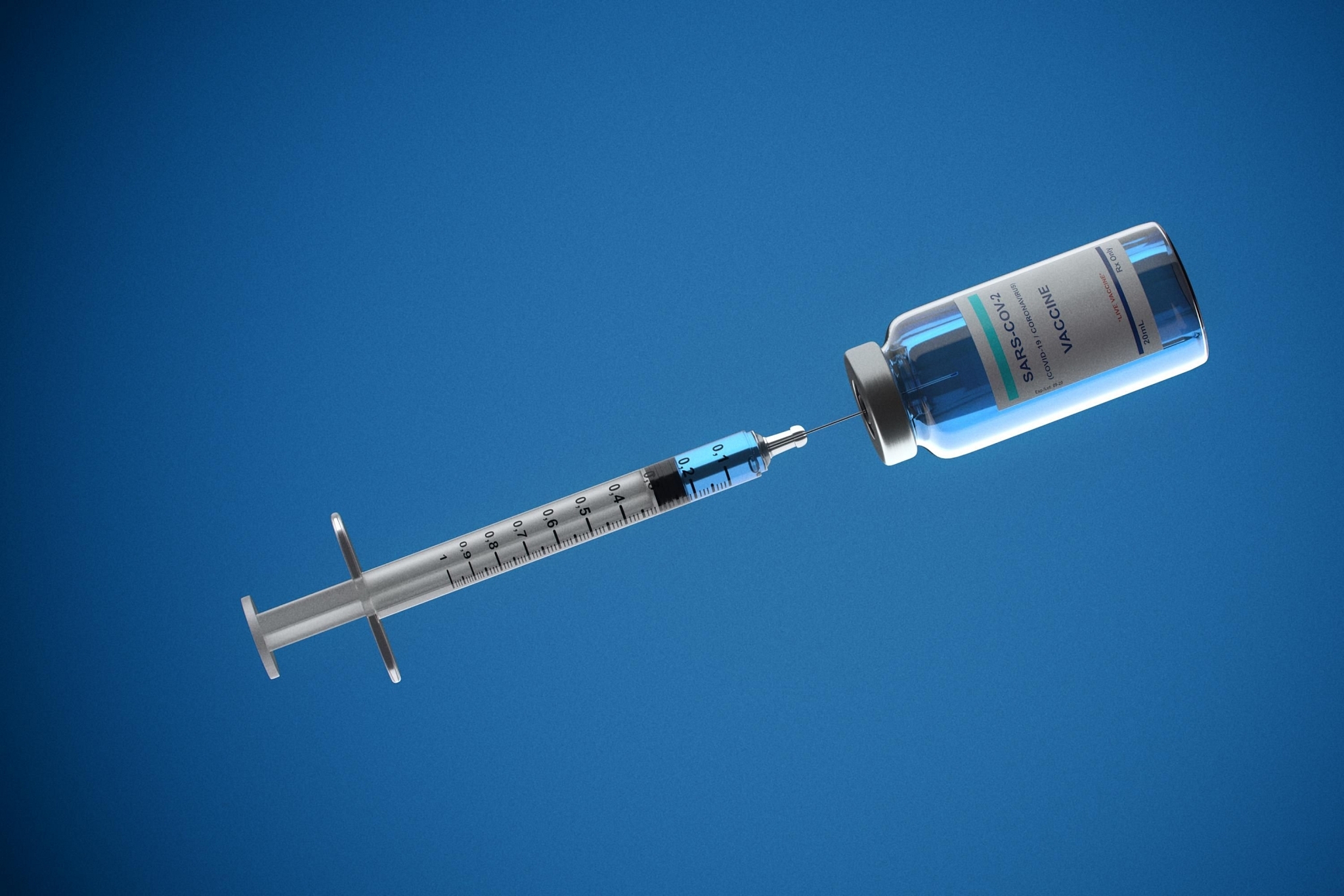It’s a gimmick, but the public may like the idea of making a sacrifice for a national cause.

theprint.in
Certain shills aren't even trying to hide it anymore.
Totally blatant shilling and taunting now
This same article by this propagandist is pasted across bloomberg-quint and print
Posting article below, don't click on link
=======================================================================
Modi should ask Indians to boycott cheap Chinese mobiles so India can buy China’s vaccines
India’s vaccine strategy has flopped. A dismissive attitude toward the second Covid-19 outbreak that has raged uncontrolled, and a mistaken belief that indigenously made shots would be equal to the task of inoculating a billion adults, have left the nation scrambling. Efforts are under way to procure supplies from Pfizer Inc., Moderna Inc. and Johnson & Johnson. But their order books are full.
There is a way out of the crunch, as long as authorities are realistic: acquiring vaccines from regional rival China. They don’t have the same efficacy as the leading-edge products and may not offer a ticket to herd immunity. Seychelles saw a dangerous jump in infections after making Sinopharm the mainstay of its inoculation drive. But then, herd immunity isn’t within India’s reach, not with only 3% of the population fully vaccinated. New Delhi can at least ensure that the next coronavirus wave doesn’t kill thousands of people a day for want of hospital beds or oxygen.
To achieve this aim, India must talk to China. And that’s easier said than done.
New Delhi faces tough issues, from long-standing territorial disputes to a deep suspicion of Beijing’s Belt-and-Road strategy. Bilateral trade skews heavily in favor of China. Being inundated with cheap widgets frustrates India’s policy makers no end. Ever since violent clashes a year ago along their Himalayan border, pruning imports and investments from the People’s Republic has been an unstated goal of Prime Minister Narendra Modi’s call for self-sufficiency.
Indian politicians of all hues will find it hard to suddenly advocate vaccines from Sinopharm and Sinovac Biotech Ltd. Yet what can be a bigger national interest right now than saving Indians from avoidable death and durably reopening the economy?
Messenger RNA-based vaccines would be a better option if they were immediately available. The genetic codes, which stimulate an immune response by instructing the body to make proteins that mimic part of the virus, appear to offer 90% protection against symptomatic Covid-19, superior to the 50% to 80% range for Chinese shots developed from inactivated viruses. But the time to order mRNA doses — and set up the required ultra-low-temperature supply chain — was last year. Now, Pfizer and Moderna are flatly refusing to entertain requests from India’s ill-equipped states. Even if the federal government manages to persuade the manufacturers, or New Delhi reverses its decision to pass off vaccination of the under-45 population to subnational entities and the private sector, help may come too late to damp a third wave.
India hopes to get the required 2 billion vaccines by the end of this year through adding Russia’s Sputnik V to the mix and ramping up capacity at the two existing local producers, Serum Institute of India Ltd., which makes the AstraZeneca Plc shots, and Bharat Biotech Ltd., which has yet to publish efficacy data of its inactivated virus vaccine. A few other options have been included to make up the shortfall on planners’ spreadsheets. What happens in the real world, however, may only be a slight improvement over the current dribs and drabs of doses. Fewer than 2 million Indians are getting vaccinated every day, 40% less than in April when the inventory wasn’t as thin as now.
A developing country with patchy clinical care and little health insurance should be getting as many people fully inoculated as early as it can. Even if some of them catch breakthrough infections, not many should require hospital care. Indonesia, another country with a large population, found Sinovac to be 95%-plus effective in preventing hospitalization and deaths among health workers. That should give India confidence.
The time to act is now. The World Health Organization has asked Sinovac for more data before considering authorization for emergency use, according to the Wall Street Journal. The approval, which Sinopharm has already won, will allow the firm to help supply the global Covax program to provide vaccines mainly for poor countries.
The costs of taking up the Chinese vaccines would be manageable. The $14 that Indonesia is reported to have paid per Sinovac dose may not be possible now. But so what if India were to pay $30 per shot? Fully vaccinating 25% of 1 billion adults would mean spending $15 billion, a little more than the dividend the central bank just paid the government. For assured stocks and early supplies, it’s a worthwhile investment — provided that Beijing is cautious to not link vaccine access to its own geopolitical agenda. Doing so would leave New Delhi with no wiggle room.
The messaging needs to be careful on both sides. Tenders floated by some states and municipalities have barred participation from countries sharing a land border with India, a code phrase to keep out Sinopharm and Sinovac. Vaccine purchases will be very public and very large additions to the $38 billion annual trade deficit with China.
To get past this hurdle, Modi can appeal to people to boycott phones made in China. It’s a gimmick, but the public may like the idea of making a sacrifice for a national cause. Indians were spending $3.5 billion a year on Chinese smartphone components before the pandemic. The prime minister can explain how going without cheap mobile devices for five years for $15 billion in one-time vaccine imports will make India more self-reliant. Especially if it frees up local manufacturers to again export vaccines to countries needing them. That will bring huge relief to the rest of the world, and some bragging rights for India. –
Bloomberg
======================================================================

 timesofindia.indiatimes.com
timesofindia.indiatimes.com




